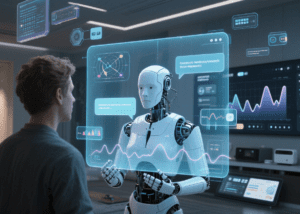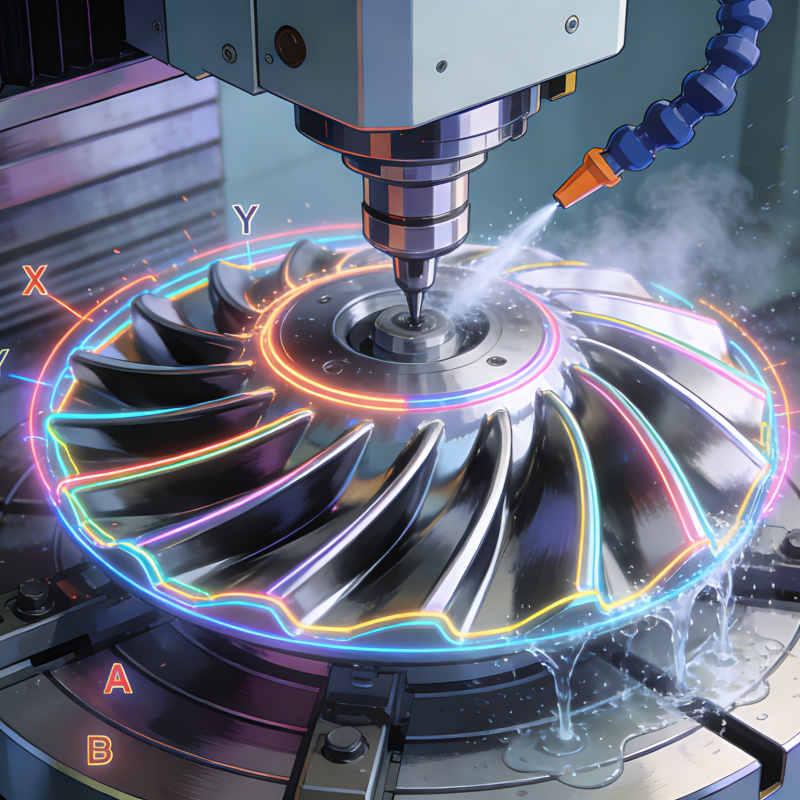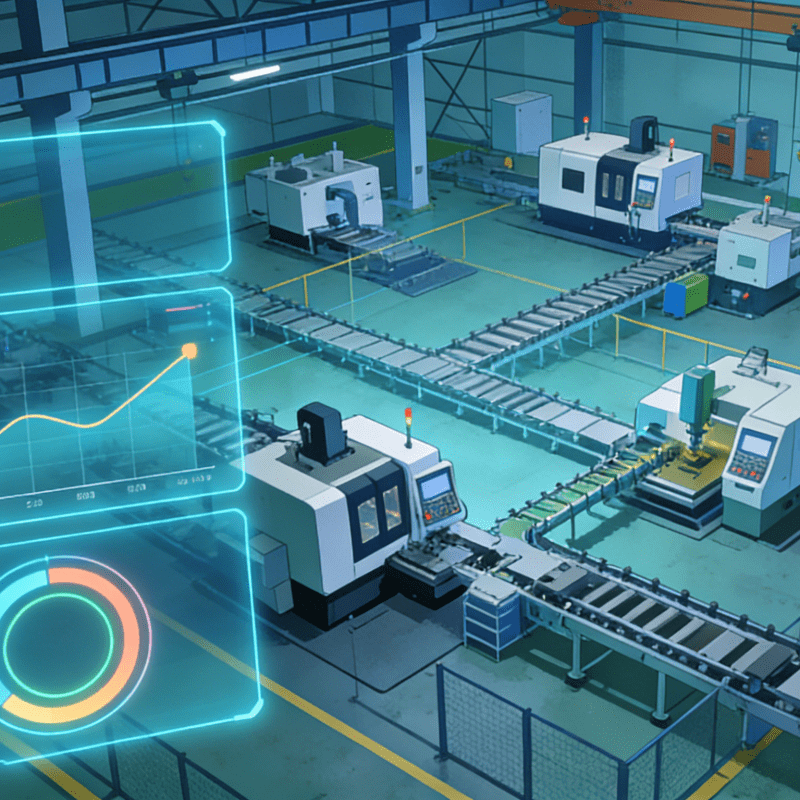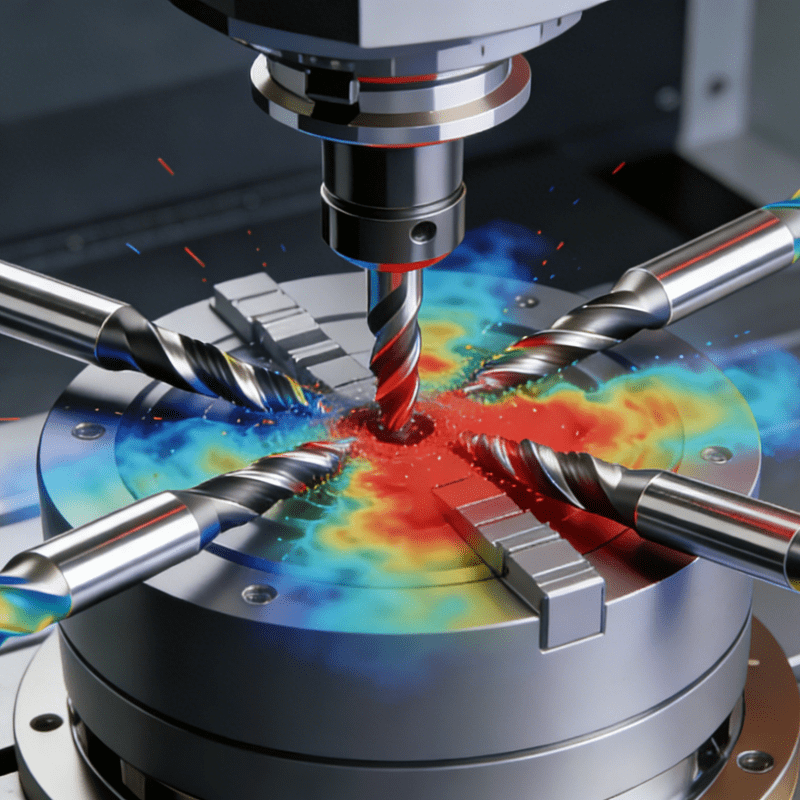
AI chatbots have become an indispensable part of numerous industries, revolutionizing the way businesses and individuals interact. This article explores the evolution of AI chatbots, from early rule-based conversational programs to modern highly intelligent dialogue agents, and looks ahead to possible future directions.
Over the past decade, AI chatbots have transformed from simple tools providing basic responses into advanced systems capable of engaging in in-depth, meaningful conversations.
With the rise of technologies such as Natural Language Processing (NLP), machine learning, and deep learning, AI chatbots have become an integral part of many industries, completely changing the way businesses and individuals interact. This article examines the evolution of AI chatbots, from early rule-based conversational programs to modern highly intelligent dialogue agents, and prospects their potential future trajectories.
- What Are AI Chatbots? How Do They Work?
An AI Chatbot is a computer program capable of communicating with humans through text or voice. Its core lies in Natural Language Processing (NLP) and machine learning algorithms, which enable the bot to recognize user input, understand its intent, and provide corresponding responses.
Initially, chatbots mainly relied on rule-based decision trees, performing pattern matching on inputs and outputting fixed responses. Nowadays, however, they can gradually enhance the naturalness and intelligence of conversations by learning large amounts of dialogue data.
In other words, modern chatbots are not just “question-answering machines” but intelligent conversational agents that can continuously learn, adapt to user needs, and demonstrate contextual awareness and emotional understanding in conversations.
- Early Stages: Rule-Driven with Limited Functionality
The prototype of AI chatbots can be traced back to the 1960s. The most representative example is ELIZA (1966), which simulated a psychotherapist’s dialogue through simple keyword matching. Although it caused a sensation at the time, ELIZA essentially could only make mechanical responses and lacked true “understanding.”
In the 1990s, ALICE (Artificial Linguistic Internet Computer Entity) was launched, with more functions than ELIZA, but it still centered on rules and scripts and could not handle complex contexts or emotions. Nevertheless, these early explorations laid the theoretical and technical foundation for subsequent AI chatbots.
- The Rise of Machine Learning: Chatbots Become “Smarter”
Entering the 21st century, machine learning began to be widely applied in chatbot development. Unlike traditional rule-based systems, machine learning-driven bots can:
- Continuously learn from a large number of user interactions;
- Respond more flexibly to different inputs;
- Gradually optimize the accuracy and naturalness of responses.
This transformation marked the upgrade of chatbots from “rigid automatic response tools” to “learning systems capable of adapting to user needs.” They started to undertake a wider range of tasks, such as customer support, marketing, and lead generation, truly entering the stage of commercial application. For example, in the manufacturing industry, for the operation and maintenance scenarios of the 自動ローディング機能付き射出成形部品自動組立システム, early machine learning chatbots could already provide engineers with basic equipment alarm interpretation and troubleshooting guidance through preset fault keyword matching, initially realizing the automated response of technical support in the production process.
Deep Learning and Neural Networks: A Leap in Dialogue Quality
The emergence of deep learning has brought AI chatbots into a new stage. Models based on neural networks (such as RNN, Transformer, BERT, and GPT series) have endowed chatbots with the following capabilities:
- Understanding complex semantic structures: being able to process long texts and infer contextual relationships;
- Perceiving emotions and tones: for example, distinguishing between “anger” and “confusion” in tone and giving differentiated responses;
- Generating natural and fluent language: avoiding mechanical repetition and providing a conversation experience closer to that of humans.
This breakthrough has allowed chatbots to develop not just as “customer service tools” but also towards “virtual consultants” and “digital companions.”
Practical Applications of Chatbots: Use Cases Across Industries
Today, AI chatbots have been widely applied in various industries, providing transformative solutions for businesses and consumers. Some of the most notable use cases include:
- Customer support: AI chatbots can now handle complex customer service tasks, answer common questions, and even resolve complaints. By dealing with routine inquiries, chatbots allow human customer service representatives to focus on more complex issues.
- Healthcare: AI chatbots in the healthcare field provide patients with information about symptoms, medications, and appointments. Some even offer mental health support, helping users manage anxiety and depression.
- E-commerce and marketing: In e-commerce, AI chatbots assist with product recommendations, order tracking, and customer inquiries, enhancing the online shopping experience.
These applications indicate that AI chatbots are increasingly being used to improve customer experience and operational efficiency.
Modern Chatbots: Personalization, Context Awareness, and Empathy
Modern AI chatbots have made significant progress, encompassing functions such as personalization, context awareness, and empathy. Thanks to the integration of complex algorithms, these bots can now customize conversations according to individual users, remember past interactions, and provide more personalized recommendations.
Context awareness enables chatbots to recognize previous conversations and respond appropriately, making interactions more seamless. For example, if you ask a chatbot about a specific product and then follow up with a question a few days later, the bot will remember the previous inquiry and provide relevant answers.
In addition, with the improvement of emotional intelligence, AI chatbots have become more empathetic. They can perceive the tone of the conversation and respond in a more understanding manner, creating a more human-like interaction experience. This transformation has made AI chatbots not just tools for answering questions but partners capable of handling more sensitive or complex conversations.
- Future Outlook: Beyond Text Conversations
With the continuous development of technology, the potential of AI chatbots is increasingly enhanced. The next development direction of these virtual assistants is multimodal interaction, where chatbots can not only process text but also analyze images, voice, and even video inputs. This will make conversations richer and more detailed, going beyond simple question-and-answer forms.
The integration of AI chatbots with voice assistants (such as Amazon Alexa or Google Assistant) has become common. It is expected that this trend will continue, and AI chatbots will play an increasingly important role in managing personal tasks, answering questions, and even controlling smart home devices. For those seeking more open and creative conversations, platforms offering unlimited AI chat are breaking the boundaries of human-computer interaction.
- Challenges and Ethical Considerations
Despite the many advancements of AI chatbots, they also face challenges, especially in terms of ethics and privacy. One major concern is the potential bias in AI systems. Since chatbots learn based on data, they may inadvertently perpetuate biases present in the training data, leading to biased results or unfairness.
In addition, privacy remains a key issue. Chatbots often collect sensitive user information, raising concerns about data security and the abuse of personal data. Developers must ensure that AI chatbots comply with privacy regulations and handle user information securely.
Therefore, future development will depend not only on technological breakthroughs but also on the improvement of ethics and regulation.
Conclusion
The evolution of AI chatbots can be described as revolutionary. From simple rule-based systems to the complex and context-aware assistants we rely on today, AI chatbots have completely changed the way businesses and individuals communicate. As AI continues to develop, we can expect more in-depth, personalized, and empathetic conversations with these virtual assistants.
With the development of multimodality, deep learning, and ethical norms, future chatbots will be more creative and human-like. They will not only be operational tools for enterprises but also likely become indispensable intelligent partners in human life.




















